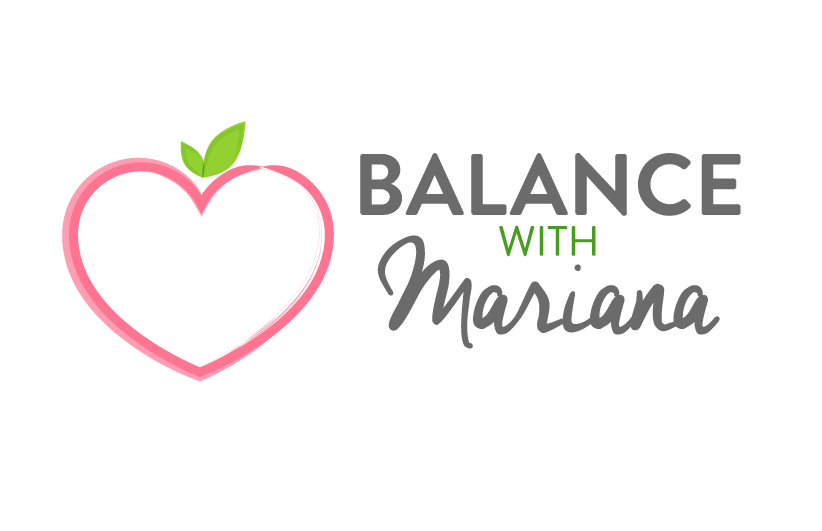"How much protein vs. carbs should we be eating?" "If I have a vegetarian meal, won't I be lacking in protein?" I get asked these questions A LOT, and I would say it's one of the most controversial topics among nutritionists and health experts. In this blog, I give you both sides of the coin; I explain the necessity for animal proteins and plant-based proteins, and the importance of personalization based on your own needs.
Let me start off by saying that eating sufficient protein is key for optimal nutrition, especially to maintain balanced blood sugar levels and hormones.
It is absolutely crucial to get sufficient healthy proteins, fats and fiber in our daily diet, and ideally in every meal, for blood sugar stabilization and a faster metabolism, both of which aid in weight loss. Also, including these 3 elements in each meal helps avoid the onset of sugar cravings.
On the flip side, most people overestimate the amount of protein we need.
It’s become a widespread myth that we need to eat enormous amounts of protein to be strong, when in fact, overdosing on protein is leading to tons of health issues (particularly in industrialized countries). Excess animal protein and fat clog our cells, blood and colon.
Just to give you a few numbers, the USDA recommends 0.36 grams of protein for every lb of body weight, so a 130 lb woman needs 47 grams of protein per day. The average American adult consumes 100-120 grams of protein every day! Not to mention that a huge chunk of that comes from high-fat animal products. Plus, many modern integrative doctors argue that we need even less protein than the USDA recommends (I’ve read bout 20-35 grams per day). So clearly Americans in particular (including Latin Americans!) are eating more protein than needed.
The biggest issue I see is when people want to lose weight, and steer towards the popular high-protein low carb diets, without fully understanding the impact this can have on their overall, longer-term health. While these diets work for some people in the short term to lose weight (there is good explanation on how and why they work, but I’ll save that for another day!), I really don’t recommend these diets as a way of living. For one, these high protein/low carb diets can be very acidic for our bodies. They tend to focus on foods that lack fiber and nutrients, and under-emphasize the importance of eating enough nutrient-dense healthy carbs, namely vegetables and fruits. This can lead to digestive and hormonal problems, such as constipation, heavier menstrual bleeding, and longer term more serious issues such as osteoporosis, believe it or not.
Read More
